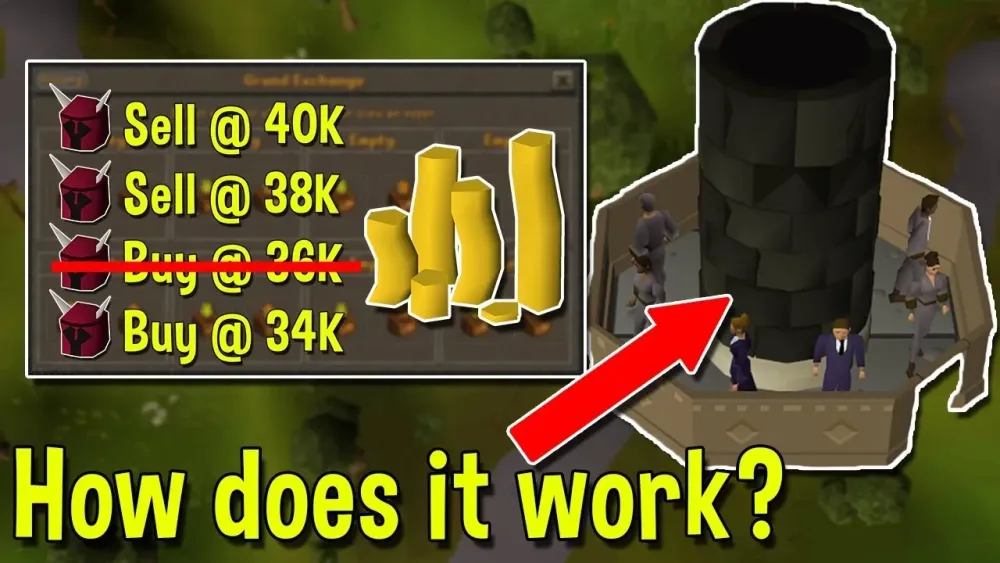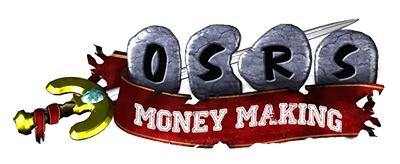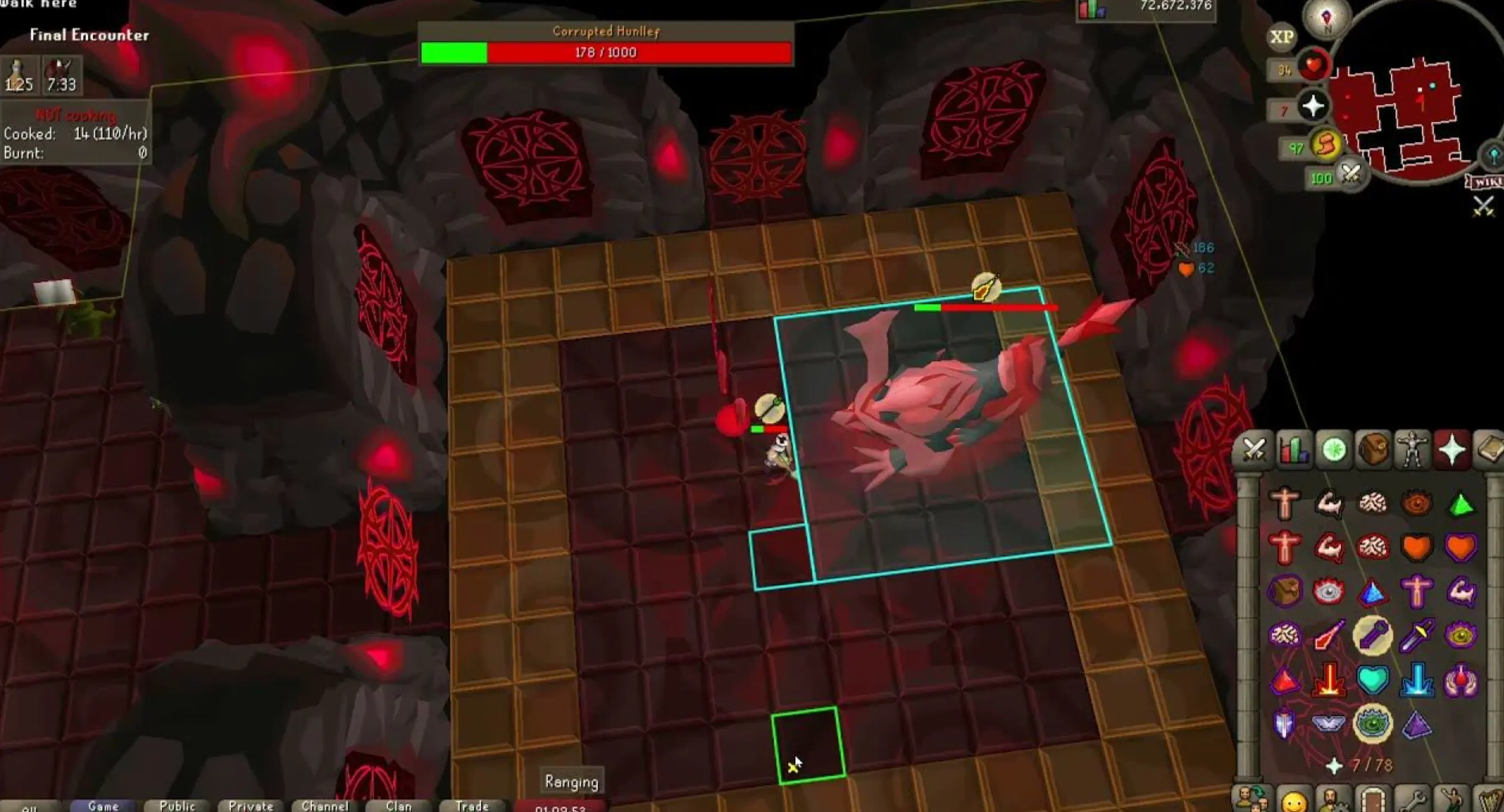Your cart is empty
Understanding Current Grand Exchange Prices in OSRS

The Grand Exchange (GE) in Old School RuneScape (OSRS) serves as a vital marketplace for players to buy and sell items seamlessly. Understanding current Grand Exchange prices is essential for maximizing profits, trading efficiently, and making informed decisions about your in-game economy. This article explores how to navigate and interpret these prices, ensuring you stay competitive in the dynamic world of OSRS trading.
To check the current Grand Exchange prices in OSRS, players have several reliable methods at their disposal. The most straightforward way is to use the in-game Grand Exchange interface. Here’s how you can do it:
- Accessing the Grand Exchange: Visit any Grand Exchange location in the game, typically found in Varrock. Interact with the Grand Exchange Clerk to access the trading interface.
- Searching for Items: In the interface, you can search for items by name or category. Clicking on an item will display its current market price, as well as recent price fluctuations.
- Price History: The interface also provides a price history graph, showing the price trends over time. This feature is crucial for identifying market patterns and making strategic buying or selling decisions.
In addition to the in-game method, players can utilize external resources for up-to-date pricing information:
- OSRS Price Tracking Websites: Several websites, such as RuneWatch or GE Tracker, offer comprehensive databases of item prices. These platforms often include advanced features like alerts for price changes, historical data, and market analytics.
- Community Forums and Discords: Engaging with the OSRS community through forums or Discord servers can provide insights into current market trends. Players often share tips on which items are currently in demand or undervalued.
Lastly, be aware that Grand Exchange prices can fluctuate based on various factors, including updates, player demand, and seasonal events. Regularly checking prices and staying informed will help you navigate the marketplace effectively.
Factors Influencing Item Prices in OSRS
Understanding the prices of items in Old School RuneScape (OSRS) isn’t just about checking the Grand Exchange; it’s about knowing what drives those prices up or down. A few key factors come into play:
- Supply and Demand: The most basic economic principle. If an item is in high demand but low supply, its price will increase. Conversely, if there’s a surplus of an item, prices tend to drop.
- Updates and Events: When Jagex introduces new content or events, certain items can see a spike in demand. For instance, when a new boss is released, items that help in defeating that boss can skyrocket in price.
- Player Trends: The way players interact with the game can heavily influence prices. If a specific item becomes popular among streamers or in-game communities, it may see increased demand.
- Inflation: Over time, the game’s economy can experience inflation, meaning that the general price level of items may rise. This can happen due to the introduction of new money-making methods, leading to an influx of gold in the game.
- Market Manipulation: Occasionally, players or groups may attempt to control the market for certain items by buying them out, which can artificially inflate or deflate prices.
Being aware of these factors can give you a significant edge when buying or selling items on the Grand Exchange. So, always keep an eye on the game’s environment and community trends!
Analyzing Price Trends Over Time
When it comes to investing in items on the Grand Exchange, analyzing price trends over time is crucial. Prices are rarely static; they fluctuate based on various influences. Here’s how you can effectively analyze these trends:
| Item | Price 1 Month Ago | Current Price | Price Change |
|---|---|---|---|
| Dragon Scimitar | 1,200,000 | 1,500,000 | +300,000 (+25%) |
| Addy Ore | 5,000 | 4,500 | -500 (-10%) |
| Super Restore | 2,500 | 3,000 | +500 (+20%) |
To analyze these trends effectively, consider the following methods:
- Historical Data: Use websites that track historical prices. This data will help you spot patterns over time.
- Graph Analysis: Visual representations can make it easier to identify trends. Look for upward or downward sloping lines in price charts.
- Seasonal Trends: Some items may spike during holidays or events, so keep an eye on seasonal trends.
By understanding how prices have changed over time, you can make more informed decisions about when to buy or sell, maximizing your profits in OSRS!
Best Practices for Buying and Selling Items
When engaging in trading on the Grand Exchange (GE) in Old School RuneScape (OSRS), having a solid strategy can significantly enhance your experience and profitability. Here are some best practices to keep in mind:
- Research Prices: Before making any transaction, always check the current prices for the items you wish to buy or sell. Websites and community tools can provide you with up-to-date price trends.
- Use Offers Wisely: Set your buy and sell offers strategically. When buying, consider placing your offer slightly below the current market price to increase your chances of a successful transaction. Conversely, when selling, aim to set your price just above the market average.
- Monitor Trends: Item prices can fluctuate based on various factors, including updates, events, and community behavior. Keep an eye on these trends to make informed decisions.
- Be Patient: Sometimes, waiting for the right buyer or seller can pay off. If your item isn’t selling quickly, consider adjusting your price rather than rushing the sale.
- Diversify Your Inventory: Don’t put all your eggs in one basket. Trade a variety of items to spread risk and increase your chances of profiting from different markets.
By following these best practices, you can navigate the Grand Exchange with confidence and maximize your trading potential.
Common Mistakes to Avoid in GE Trading
While trading on the Grand Exchange can be lucrative, there are pitfalls that many players encounter. Here are some common mistakes to steer clear of:
- Ignoring Price Fluctuations: Failing to monitor how prices change over time can lead to buying high and selling low. Always stay informed about price trends.
- Overvaluing Items: It’s easy to think an item is worth more than it is, especially if you have a personal attachment. Stick to market values rather than emotional pricing.
- Rushing Transactions: Impatience can lead to poor deals. Take your time to find the best offers and avoid hasty decisions.
- Neglecting Quantity: Sometimes, selling in bulk can yield better profits. Don’t overlook the advantages of selling multiple items at once.
- Not Using the GE Features: The Grand Exchange has features like price checks and historical data. Failing to utilize these tools can put you at a disadvantage.
By avoiding these common mistakes, you’ll enhance your trading efficiency and boost your profits on the Grand Exchange.
7. Tools and Resources for Tracking GE Prices
Keeping track of Grand Exchange (GE) prices in Old School RuneScape (OSRS) is crucial for any player looking to maximize their profits or make informed trading decisions. Fortunately, there are several tools and resources available that can help you stay updated on the fluctuating prices of items. Here’s a rundown of some of the most popular options:
- OSRS Wiki: The OSRS Wiki is an invaluable resource for players. It offers comprehensive price tracking, including historical data. You can easily search for any item and view its current price, along with trends over time.
- GE Tracker: This is a specialized tool that provides real-time price updates, item trends, and user-generated price suggestions. GE Tracker offers a user-friendly interface and can help you find the best time to buy or sell items.
- RuneMetrics: If you’re looking for a more personalized tracking experience, RuneMetrics allows you to track your own in-game activities and item prices. You can set alerts for specific items to notify you when their prices hit your target.
- Discord Communities: Joining OSRS trading Discord servers can provide you with real-time insights from other players. Many communities share price updates and trading tips that can be highly beneficial.
- Price-checking Bots: There are various bots available on platforms like Discord that can help you check prices quickly. Just type in the item name, and the bot will respond with the current GE price.
By utilizing these tools and resources, you’ll be better equipped to navigate the Grand Exchange and make informed trading decisions. Remember, the more information you have, the better your chances of profiting!
8. Conclusion: Staying Informed for Better Trading
In the fast-paced world of OSRS trading, staying informed is the key to success. The Grand Exchange is constantly evolving, and prices can change rapidly due to various factors such as supply and demand, updates, or player trends. Here are some final thoughts on why it’s essential to keep yourself updated:
- Maximize Profits: Understanding current GE prices allows you to buy low and sell high, maximizing your profits on trades.
- Minimize Losses: By tracking prices, you can avoid making poor trades that could lead to significant losses.
- Adapt to Market Trends: The OSRS market can be volatile. Staying informed helps you adapt your trading strategy to current trends, ensuring you remain competitive.
- Informed Decisions: Knowledge is power. The more you know about item prices, the more informed your decisions will be, whether you’re a casual player or a hardcore trader.
In conclusion, make it a habit to check the latest prices regularly and leverage the tools and resources available to you. This proactive approach will not only enhance your trading experience but also contribute significantly to your overall success in OSRS. Happy trading!

